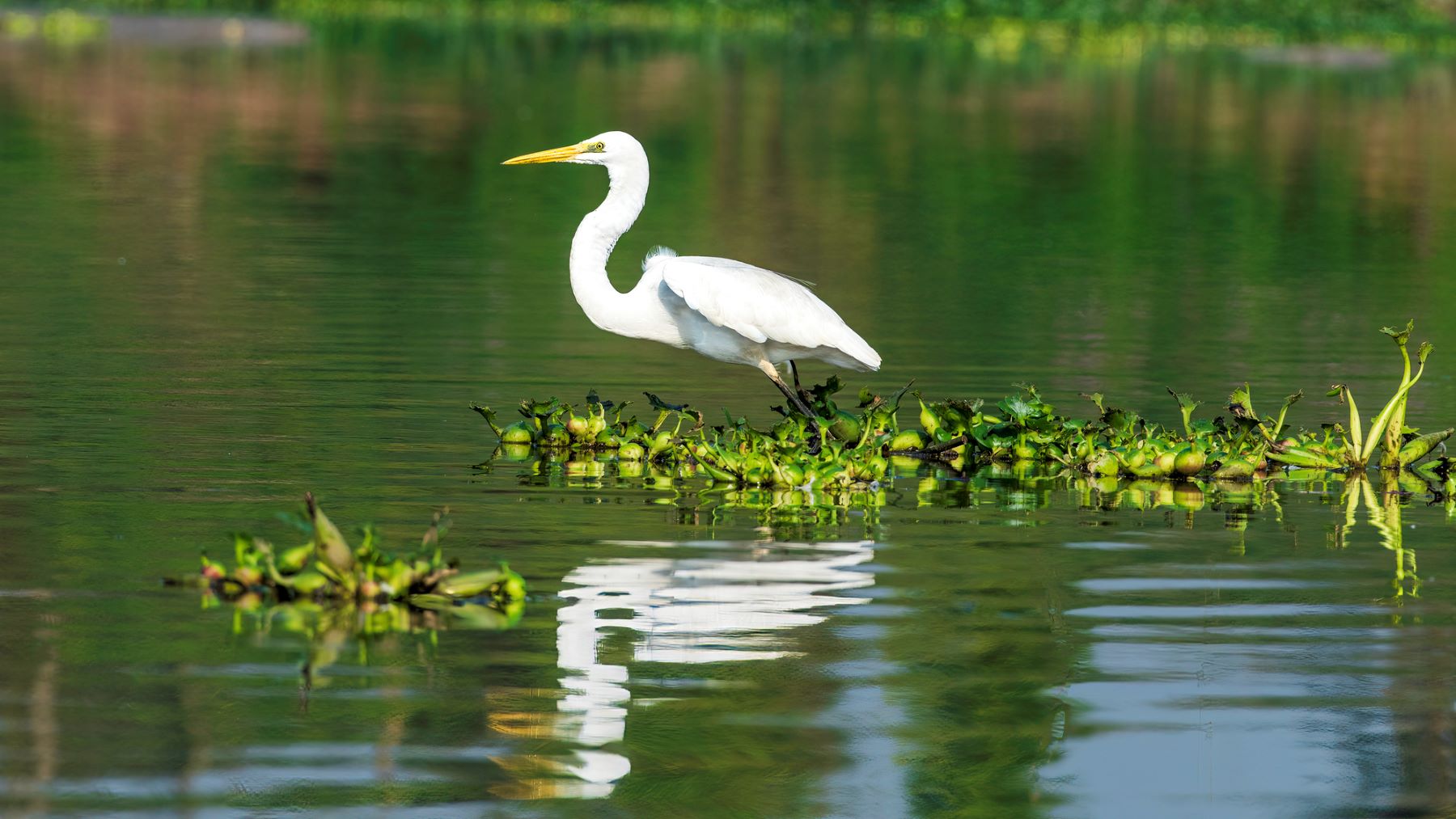The The RAMSAR Wetlands Convention was adopted in 1971 in the Iranian city of Ramsar and came into force in 1975. Since then, almost 90% of United Nations Member States from all geographic regions of the world have acceded to the Convention.
Since the international treaty on the conservation and wise use of wetlands was concluded, they have all been called Ramsar sites. the places included in the list of wetlands of international importance.
World Wetlands Day 2025
Next February 2 is World Wetlands Day 2025promoted by the Ramsar Convention to raise awareness of the need to conserve these ecosystems and their rich biodiversity, and to spread their values. In this edition under the motto “protect wetlands for our common future”Ramsar emphasizes the link between good wetland health and human well-being.


Environmentalists join this commemoration under the motto “The forgotten wetlands”, with the objective It is intended to rescue from government and media oblivion those wetlands that were or are of great importance, but where, because they do not have the highest protection rates, less attention is paid to them. This is, among other things, the case with the La Janda Lagoon (Cádiz) or Antela Lagoon (Ourense), one of the largest wetlands in Spain and which was drained in the 1950s.
In addition, she will make a public statement extensive report which analyzes the current situation of wetlands in Spain and the conservation status of waterbirds, proposing specific measures for the restoration and restoration of some of these areas.


Activities throughout the country
As every year, environmental activists coordinate free educational, informative and didactic activities for all target groups. focused on learning about wetlands and waterfowlas well as its cultural, social, economic and tourism values.
Most activities will take place between days 1 year February 2 and include excursions and ornithological routes, workshops, counts, scientific bird ringing days, environmental volunteering, species observation, exhibitions, lectures, children’s workshops, conferences, documentaries and courses.
Information and details on all these aspects can be found in the card, which is updated every day with new events. On this website you will find specific information about the status of the Ramsar wetlands in Spain, examples of restoration of these ecosystems, values of wetlands, marsh ecosystems in danger or endangered water birds.
Spanish Ramsar wetlands on alert
In Spain there are 76 Ramsar Wetlands of international importance covering a total of more than 300,000 hectaresmaking it the third country in the world in terms of the number of wetlands covered by this agreement. These are ecosystems of various types: coastal lagoons, inland lagoons, mountain lagoons, swamps, salt marshes, deltas, lagoons, estuaries, estuaries, lakes, lakes, ponds, etc.
About 370 species of birds meet in our country. more or less common, of which These are somehow dependent on wetlandsS. Although Spain is rich in wetlands, they are at risk of disappearing. According to our 2022 report Ramsar wetlands in Spain: alertHe 85% of Spain’s wetlands of international importance are in a worrying state of conservation. Our Ramsar wetlands show global pressures rated as ‘high’ or ‘very high’. that affects the extension and the quality of habitat needed for waterfowl populations.
Ecologists rate the global conservation status of these habitats as “poor” or “very poor” in 54% (40 wetlands) and only “good” in 12% (9 wetlands). An example of this is coastal lagoons, a type of endangered wetland area, for which we have asked Miteco to be declared ‘the area of water’ first habitat that is in danger of disappearing in Spain

